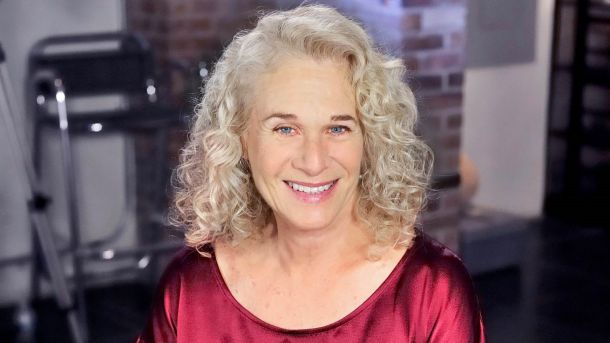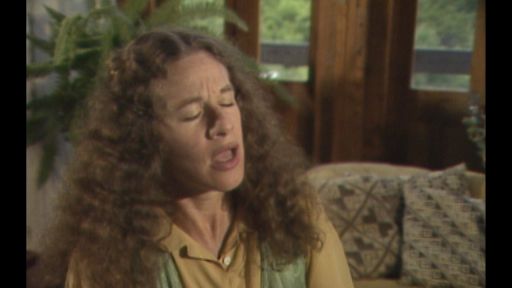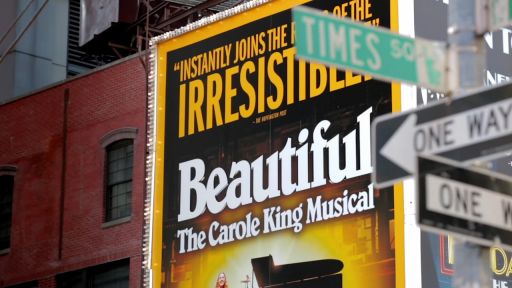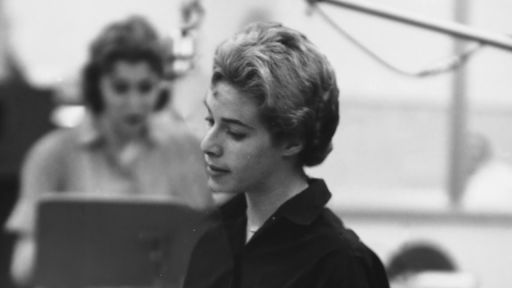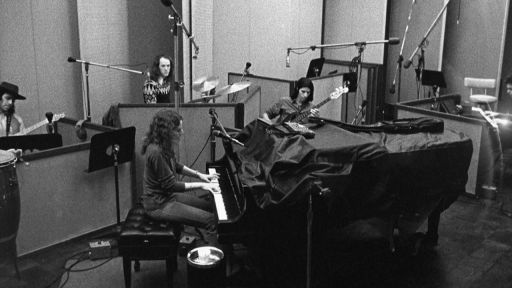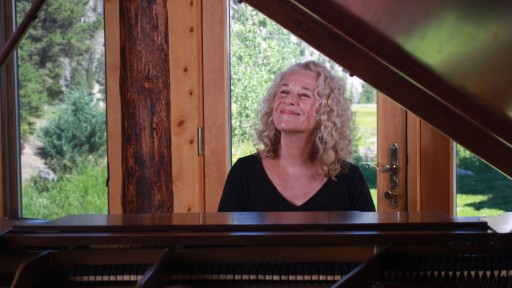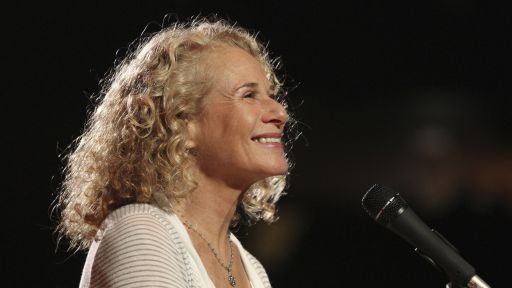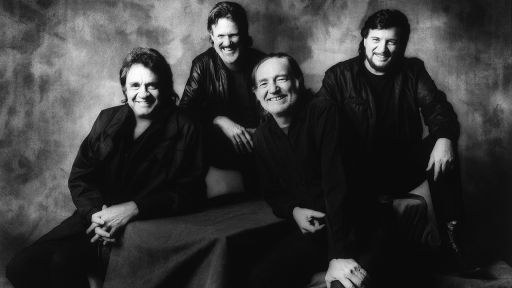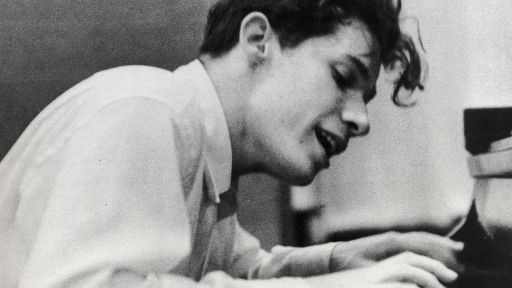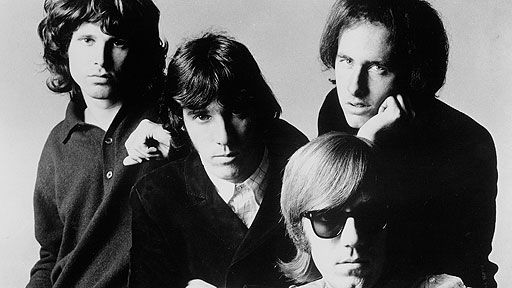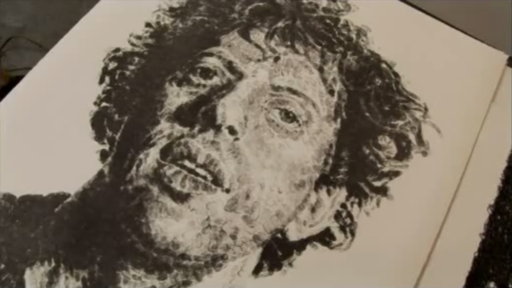Music fans old enough to remember 1971 can be forgiven if they remember it as the year of Carole King. That was the year, after all, when the “Tapestry” hurricane hit American culture – hit and never really left. 14 million units sold, four Grammy awards, two No. 1 singles (“It’s Too Late” and “So Far Away”), 25th on Rolling Stone’s list of the all-time greatest albums – you get the point. When its 50th anniversary came around this year, it was rightly hailed by Esquire as “an enduring reminder of how art can stay engrained in our cultural consciousness.”
The thing a lot of people don’t remember, though, is that 1971 was the year Carole King released two No. 1 albums. She followed “Tapestry” with an album called simply “Music.” Released just in time for Christmas, it hit the top of the charts by January of ’72, and went on to become another platinum seller, the second most popular album of her stellar career. It would have been an unforgettable milestone for most any other artist.
But you won’t find mention of “Music” in the hit Broadway musical about King’s life, “Beautiful,” nor in American Masters’ biographical film, Carole King: Natural Woman. Hell, you won’t even find it in King’s own memoir, the similarly titled “A Natural Woman,” in which she writes about “Tapestry” and the subsequent tour she played that year, then skips right over “Music” to the next chapter of her life.
The result is that “Music” has become a rare sort of creature: a No. 1 album without a story. But maybe that was inevitable. “Music” entered the world with rock’s bible, Rolling Stone, comparing it to its extraordinarily popular older sister. And comparisons like that seldom provide the youngster with an identity of her own. While admiring of King in general, the magazine’s critic found the album’s tracks not as “immediately likeable” as those of its predecessor, demanded a drummer on a track where King had chosen to go without percussion, and even went on to complain that on one song she had chosen to play a solo on a celeste rather than a Steinway piano. Now, setting aside the fact that “immediately likeable” is in the ear of the beholder (and some music that doesn’t hit you immediately becomes some of the best of all if you’re willing to put in the time and listen deeply), it’s stunning to consider 50 years after the fact that a magazine was telling one of our most accomplished recording artists and songwriters not only what instrument she should have played, but what brand of instrument. Really?
King didn’t need the advice. The estimable guitarist Danny Kortchmar, whose work shone on both “Tapestry” and “Music,” says that King knew exactly where she was going in the studio. “Carole really knows what she wants,” he told me in a recent interview. “She’s a very astute producer and arranger.”
She had first invited Kortchmar to play on some demos of songs she’d written after seeing his and James Taylor’s band, The Flying Machine, some years earlier at the Night Owl Café in New York. “Playing on her demos was how I learned to play on records,” he says. “It was like going to Harvard.” But – and this tells you a lot about Carole King the person as well as Carole King the musician – Kortchmar says she didn’t get what she wanted out of her fellow players by giving them commands. During the sessions for both “Tapestry” and “Music,” with the musicians working in close proximity cutting the backing tracks live in the studio, “she picked among what I was already playing and said ‘Well, head in that direction, or don’t do that so much.’ She didn’t say very much. But what she did say was right on the money.”
When King went on tour in 1971, after releasing “Tapestry” and before recording “Music,” it was with James Taylor and a band they shared including Kortchmar and bassist Charles Larkey, King’s husband at the time. Her memoir includes the thrills of those shows, her first as a headliner in her own right. But, a noted homebody, she writes, “Even with friends on tour, even with my husband there, I often felt lonely and isolated. Normal life seemed a distant dream.” As Kortchmar puts it, “Once she’s onstage, she lights up and she digs it, and she’s very comfortable and happy. It’s before and after that she has doubts about the whole thing.”
So it makes sense that when she wrote of late 1971, her focus was on coming off tour and re-entering domestic life, excited to be at home with her two young daughters. Soon, she found she was going to have a third (she was pregnant behind her piano on the cover of “Music”). Perhaps recording her second straight million-seller was, in retrospect and compared to her family at least, incidental.
And so the album remains a hit without a story. But there’s nothing incidental-sounding about the music on “Music.” Take a listen to few of the tracks in this playlist and you’ll hear that they don’t sound exactly like “Tapestry.” You also likely won’t care. You might even like them immediately.
It’s Going To Take Some Time – Co-written with King’s writing partner on the smash hit “It’s Too Late,” Toni Stern, “It’s Going To Take Some Time” contains not only a lovely instrumental passage featuring the aforementioned celeste, but also a melody that is likeable right off the bat. If you don’t believe it, just ask The Carpenters, who had a Top 20 hit with it when they covered the song in 1972.
Music – Bouncing along in 6/8 time unlike anything on “Tapestry,” the album’s title song provides leaving plenty of room for tenor sax player Curtis Amy to stretch out, demonstrating that King is more than comfortable letting her accompanists do their thing.
Surely – Pensive, with a darker tone than anything on “Tapestry,” and featuring the kind of subtle and snaky electric guitar work that has made Danny Kortchmar a staple on records not only by King and Taylor but also Jackson Browne and Crosby & Nash.
Song of Long Ago – James Taylor and Carole King were early ‘70s superstars who nonetheless performed as selfless ensemble players onstage and on each other’s records, and there’s no better example of that than Taylor’s acoustic guitar work and glorious backing vocals on a song with one of the catchiest, flowing melodies King ever composed.
Some Kind of Wonderful – King reaches back to a song she had written a decade earlier (with her writing partner and first husband, Gerry Goffin) that had been a hit for the Drifters. The earlier version featured that band’s trademark doo-wop vocals and an exuberant string arrangement; King’s is slower, more tender. The fact that both work so well is a tribute to the underlying sturdiness of the composition.
Back To California – James Taylor recently told The Guardian that during the early ‘70s, he and King “spoke the same language … as if we shared a common ear, a parallel musical/emotional path,” and nowhere is that shared path more evident than on this rocker – a takeoff on Chuck Berry’s “Promised Land” – on which King playfully channels bits of Taylor’s signature singing style. But if the vocal is part of a shared experience, the chorus is pure Carole King circa late 1971, longing for home:
Won’t you carry me back to California
I’ve been on the road too long
Take me to the West Coast, daddy
And let me be where I belong

